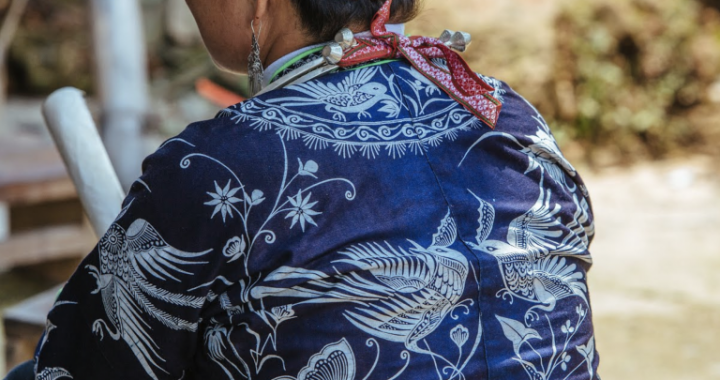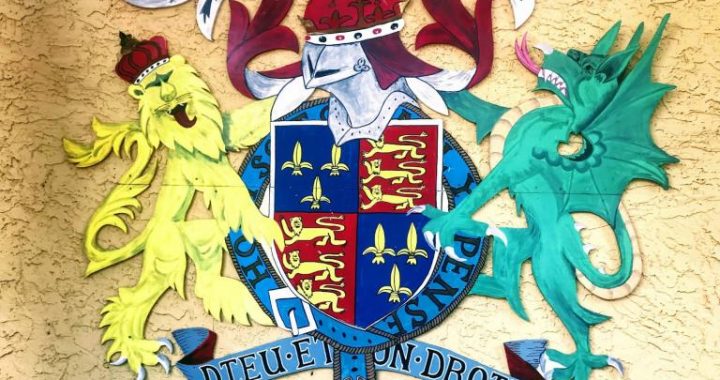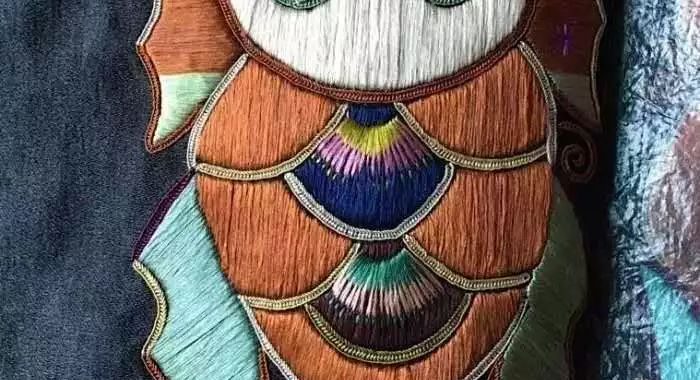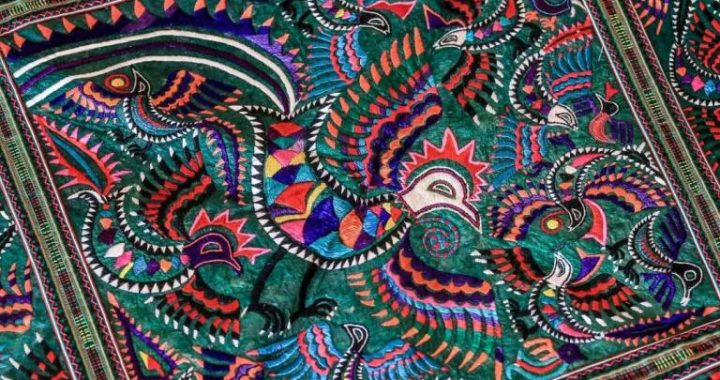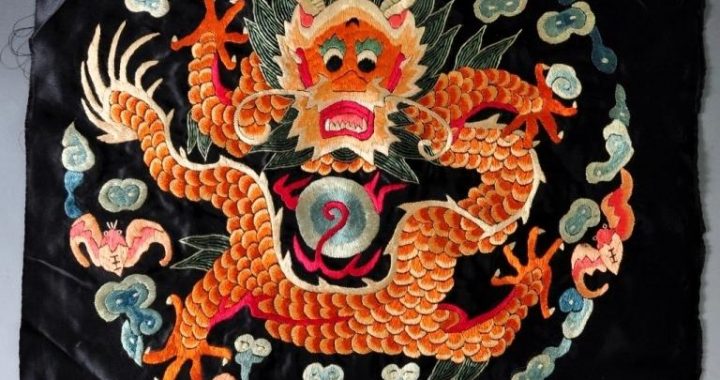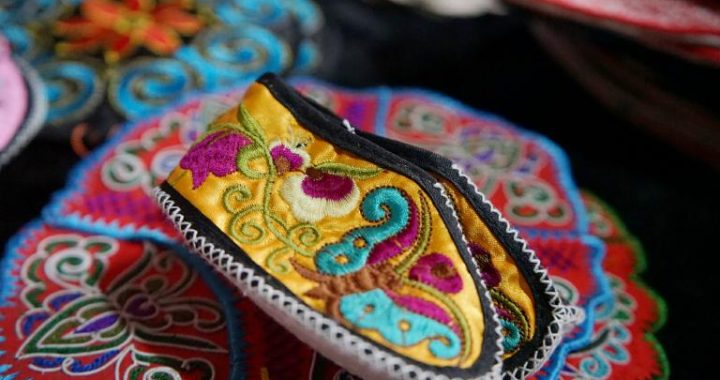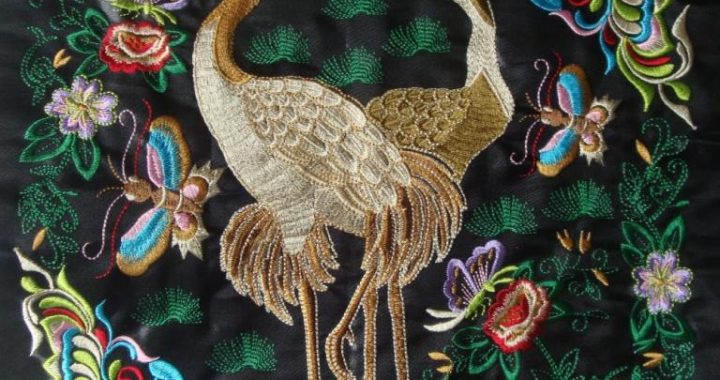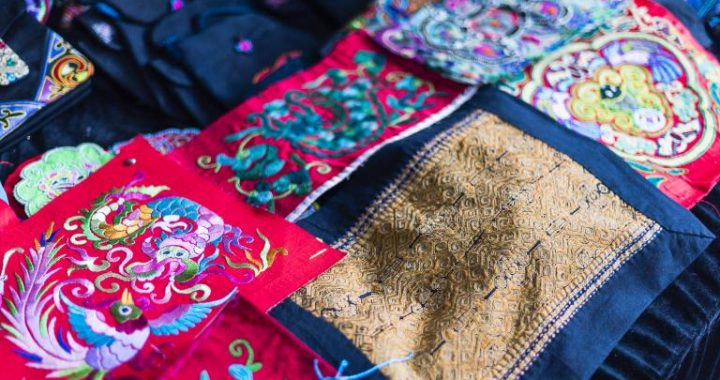Dress Style of the Qin and Han Dynasties
3 min readIn the Han dynasty. There were more than twenty types of robes, court robes and informal dresses. By the time, the grade difference represented by dresses was quite obvious: On one hand, on the basis of the old system, the crown clothing system developed to be a basic method to distinguish different grade; on the other hand, peishou system(a jade pendant wearing system) was established to be a sign of distinguishing grades.
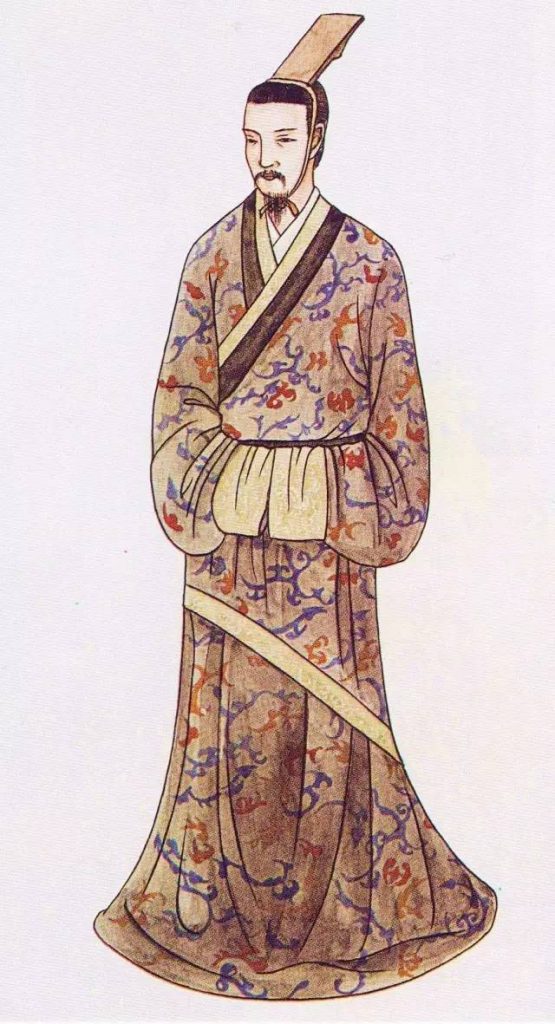
In the Han dynasty, the main dress styles included robe, dress of single layer, short jacket and skirt. Due to the prosperous embroidery industry in the Han dynasty, the rich could afford silk and satins, while the commons wore short jackets and long pants, and the poor could only wore short jacket made of coarse cloth. In the Han dynasty, women mostly wore jackets, skirts and long robes. The styles of skirts were numerous, among which the most famous is “liuxianqun”(pleated skirts)In the Han dynasty, the men’s dress still followed the old ritual. People in different levels wore different clothes. There were strict restrictions on the dress styles, materials and colors. Shenyi and robe dress still inherited the old Qin style, and were used as court dress. In the Han dynasty, dress color changed with the seasons: Blue was the main color in the spring, red in the summer, yellow at the late summer, white in the autumn and black in the winter. The ritual in the aspect of the dress was mainly represented through ceremonial robes and court robes.
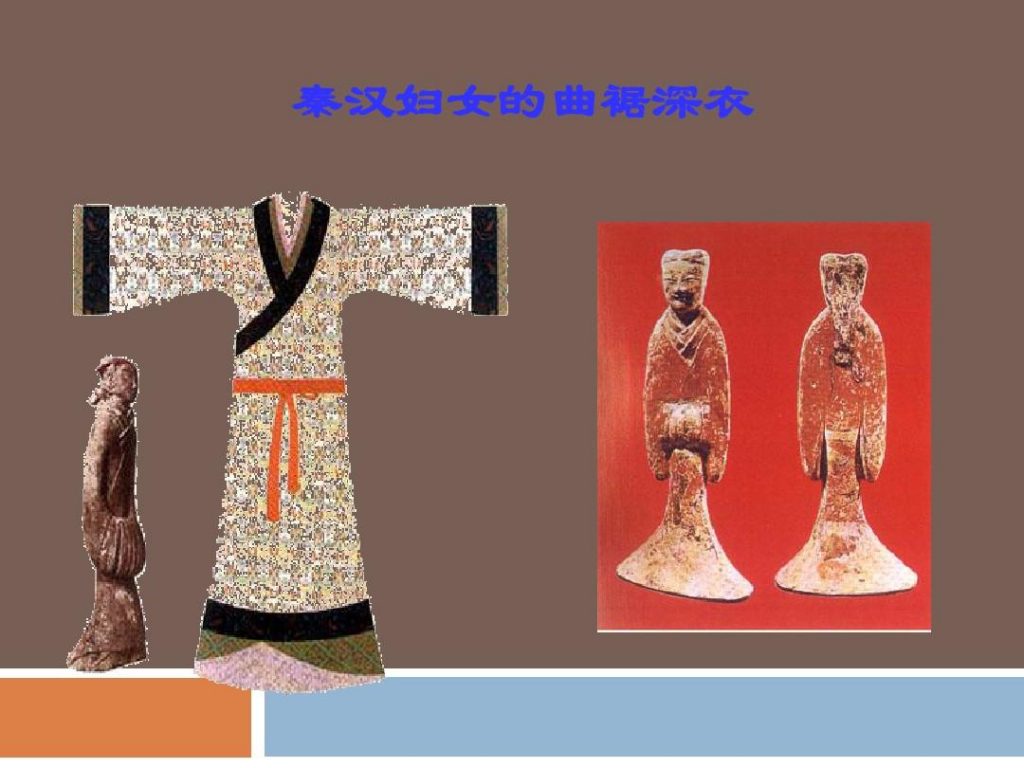
In the feudal society, ceremonial robe was the dress for men to wear in sacrificial rites, which followed and improved the popular “Six Sets of Crown andRobe”system in the primitive society. It was used as a formal mianfu (an official dress) for men to attend the sacrificial rites to heaven, earth and ancestors, making them look elegant and majestic. Of all kinds of robes, mianfu was the mostexalted dress for sacrificial rites, which could only be worn by emperors, dukes, princes and other high officials on an occasion of sacrifices. As for the lower officials, they usually wore long crown robe in the sacrificial rites to the five sacred mountains in china, four channels, mountains and rivers, the gods of earth and grain. Other types of dress, such as weimao crown robe(robe for dukes to wear to pay a shooting rite), were the main dresses for officials at all levels to wear in some small-scale sacrificial rites. However, compared with the informal dress, the ceremonial robe reflected the characteristics of upper circles’ dress in the feudal society, as people of the lower class had little chance to touch the ceremonial dress.
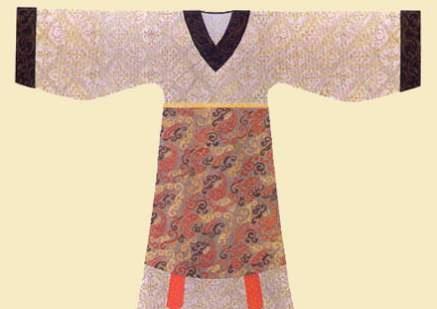
The robe had been popular since the Qin dynasty, and it had been designated by the rulers as the formal dress for ministers to wear while discussing national affairs in the court. In the Han dynasty, all officials, whether he was emperor, duke or lower ranking official, had to wear designated robes, which were ordinary dress for the civil servants at that time as well.
